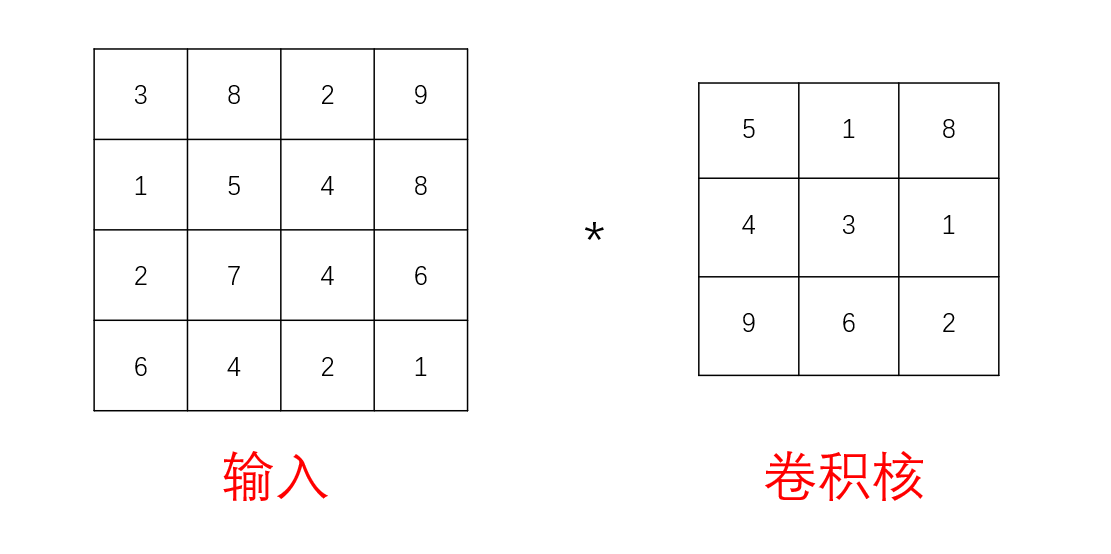1
2
3
4
5
6
7
8
9
10
11
12
13
14
15
16
17
18
19
20
21
22
23
24
25
26
27
28
29
30
31
32
33
34
35
36
37
38
39
40
41
42
43
44
45
46
47
48
49
50
51
52
53
54
55
| import torch
from torch import nn
class AlexNet(nn.Module):
def __init__(self):
super(AlexNet, self).__init__()
'''
这里搭建卷积层,需要按顺序定义卷积层、
激活函数、最大池化层、卷积层、激活函数、
最大池化层、卷积层、激活函数、卷积层、
激活函数、卷积层、激活函数、最大池化层,
具体形状见测试说明
'''
self.conv = nn.Sequential(
nn.Conv2d(1, 96, kernel_size=(11, 11), stride=(4, 4)),
nn.ReLU(),
nn.MaxPool2d(kernel_size=3, stride=2, padding=0, dilation=1, ceil_mode=False),
nn.Conv2d(96, 256, kernel_size=(5, 5), stride=(1, 1), padding=(2, 2)),
nn.ReLU(),
nn.MaxPool2d(kernel_size=3, stride=2, padding=0, dilation=1, ceil_mode=False),
nn.Conv2d(256, 384, kernel_size=(3, 3), stride=(1, 1), padding=(1, 1)),
nn.ReLU(),
nn.Conv2d(384, 384, kernel_size=(3, 3), stride=(1, 1), padding=(1, 1)),
nn.ReLU(),
nn.Conv2d(384, 256, kernel_size=(3, 3), stride=(1, 1), padding=(1, 1)),
nn.ReLU(),
nn.MaxPool2d(kernel_size=3, stride=2, padding=0, dilation=1, ceil_mode=False),
)
'''
这里搭建全连接层,需要按顺序定义
全连接层、激活函数、丢弃法、
全连接层、激活函数、丢弃法、全连接层,
具体形状见测试说明
'''
self.fc = nn.Sequential(
nn.Linear(in_features=6400, out_features=4096, bias=True),
nn.ReLU(),
nn.Dropout(p=0.5),
nn.Linear(in_features=4096, out_features=4096, bias=True),
nn.ReLU(),
nn.Dropout(p=0.5),
nn.Linear(in_features=4096, out_features=10, bias=True),
)
def forward(self, img):
'''
这里需要定义前向计算
'''
feature = self.conv(img)
output = self.fc(feature.view(img.shape[0], -1))
return output
|

